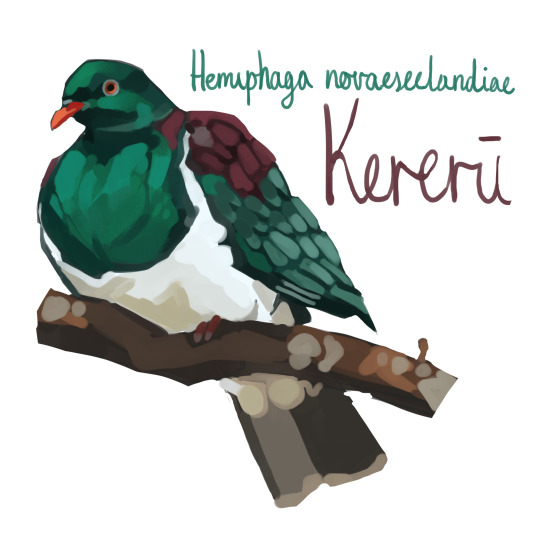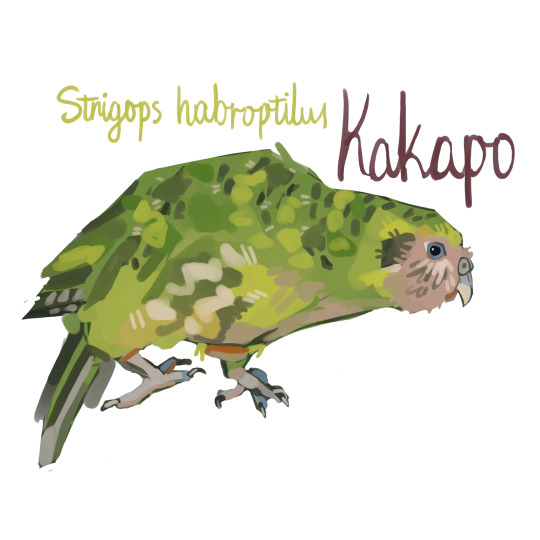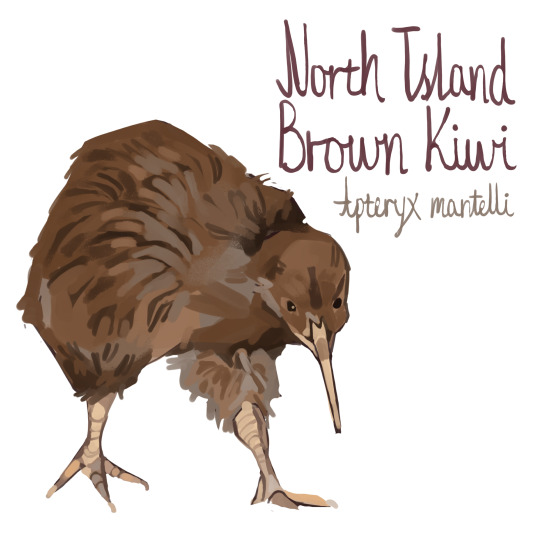Honestly just a mish mash of things I’m interested in mostly biology or creature based
Don't wanna be here? Send us removal request.
Photo


just found out about this cute little birdy and i am in love
79K notes
·
View notes
Text

Tupandactylus imperator with Ginkgo huolinhensis. Both species from the Early Cretaceous. There is an interesting paper which discusses how pterosaur pycnofibres may be synonymous with bird feathers featuring T. imperator. Cool stuff!
Colours and patterns were inspired by toucans, various parakeets and monarch butterflies :)
3K notes
·
View notes
Photo




Striped Nomia sweat bee, Nomia strigata, Halictidae
Photographed in Singapore by budak
3K notes
·
View notes
Text



Polyrhachis Hookeri has the cool spikey body plan of Blue Ants (polyrhachis cyaniventris) with the crazy pretty colors of the Green Head Ant (rhytidoponera metallica)
She might just be the coolest thing alive
298 notes
·
View notes
Text


Bittern time:) here are a bunch of doodles + all the different species
1K notes
·
View notes
Photo



Red-breasted green tiger moth, Chlorhoda metamelaena, Erebidae
Photographed in Colombia by alefox123
16K notes
·
View notes
Text

common spiny flower mantis, as an apology for the hiatus🌷
19K notes
·
View notes
Text
Ever needed to hear about mad dad birds with enormous feet? Try THESE on for size:
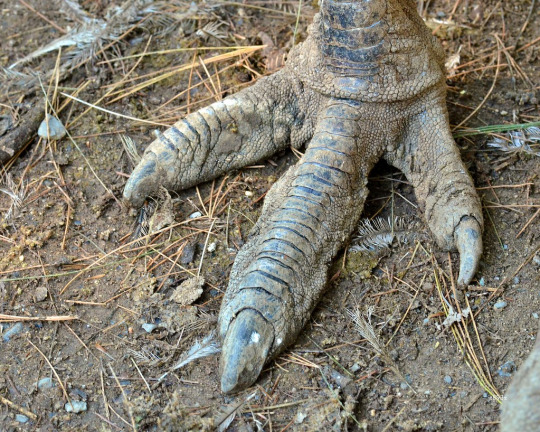
What’s that you say? These are clearly the feet of a dinosaur, not a bird? WHY NOT BOTH?
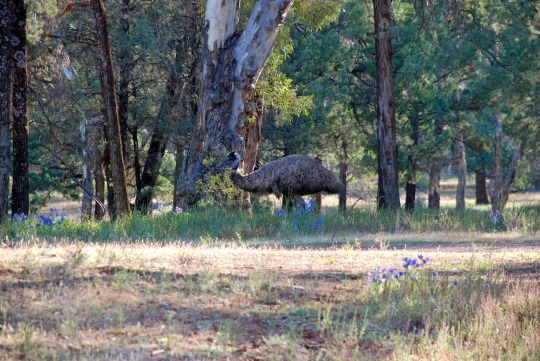
This is Australia’s very own dinosaur, the second-largest bird in the world, the emu. Say hi!
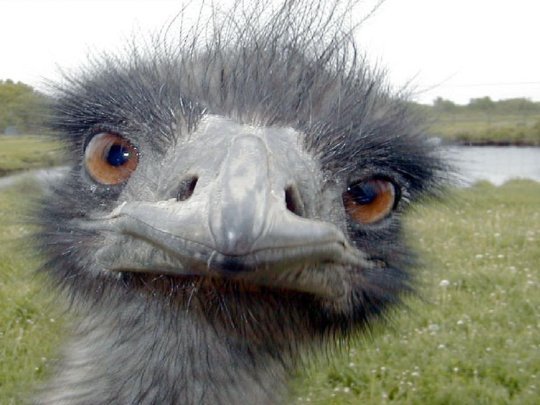
They roam around Australia making ‘wonk-wonk’ noises under their breath and glaring at everything. And the dads take care of the babies! They sit on the eggs…
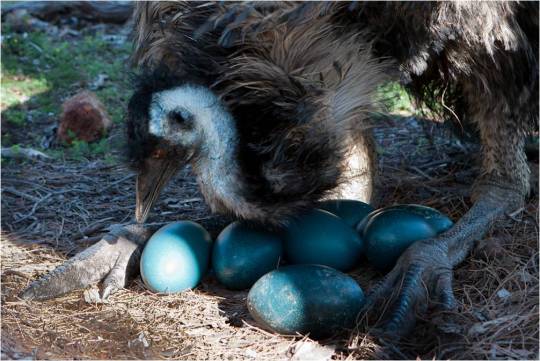
They look after the tiny stripey adorable things….

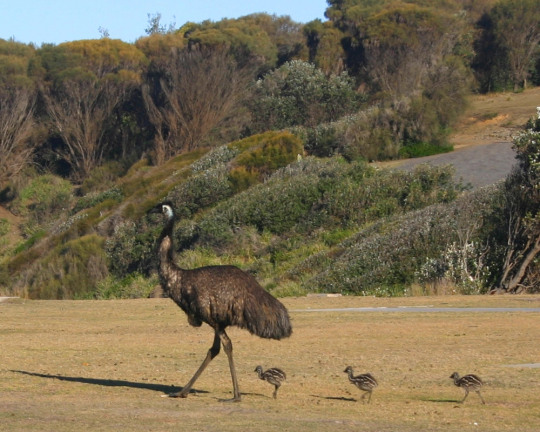
They look after the less tiny less adorable things…
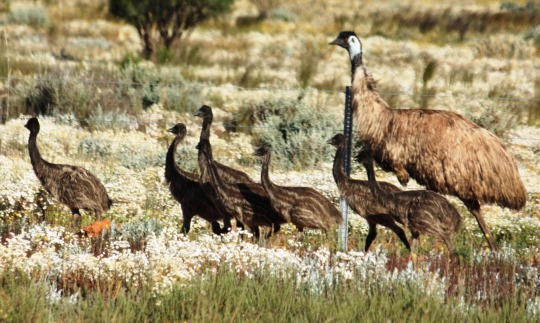
And they even look after the great big menacing things that are almost as big as they are.
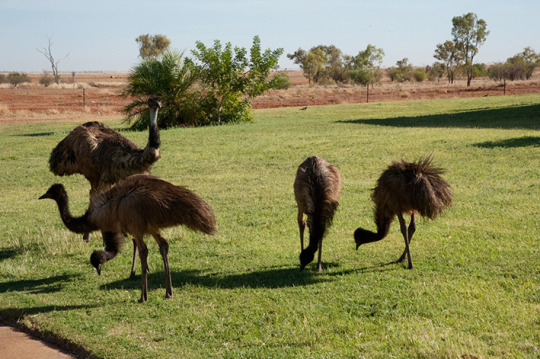
But here’s the catch. All emus look pretty much alike. Especially when you are a tiny stripey adorable thing. All you can see of your dad is is great big dinosaur feet (see picture #1). So there is one very unrealistic thing about all the adorable terrifying dinosaur family photos above:
I have never seen an emu family in the wild where all the babies are the same size.
Here is the reason!
Emu dad and his emu babies are roaming about wonking and glaring at everyone. Suddenly emu dad sees another emu dad! A threat!
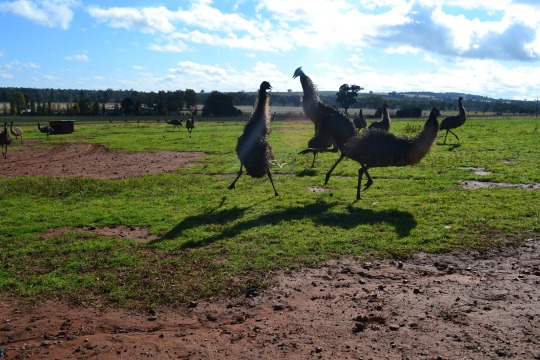
Emu dads do some display threats with dancing and bouncing and fluffing and… look, it’s very serious business, okay?
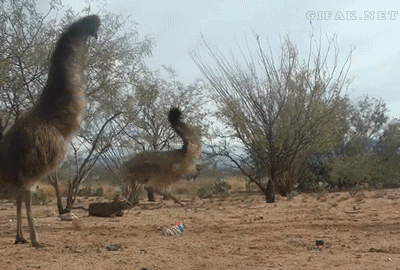
If this does not work to see off one emu they might progress to actual fighting.
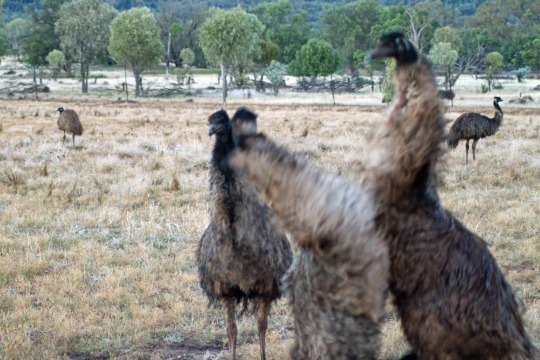
Oops, sorry, you wanted the dignified version. Here, have some ART:
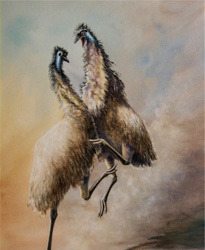
MAGNIFICENT.
Either way, this encounter will end up with one or both adult emus zooming away as fast as he can run. This is very fast.
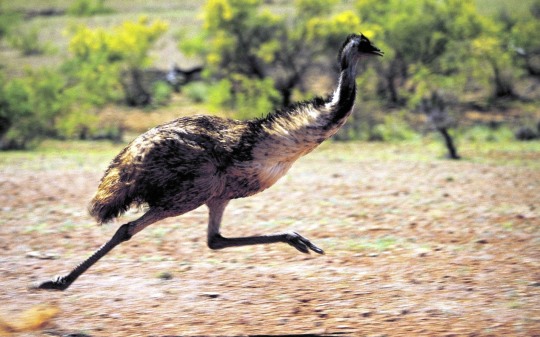
This is the other thing they do besides wonking and glaring, by the way. They run. Fear the running emu.
Anyway, this leaves all the tiny and medium-sized and semi-large stripey things milling around making confused tiny “cheep? wonk?” noises and basically just following whichever pair of large feet they can find.
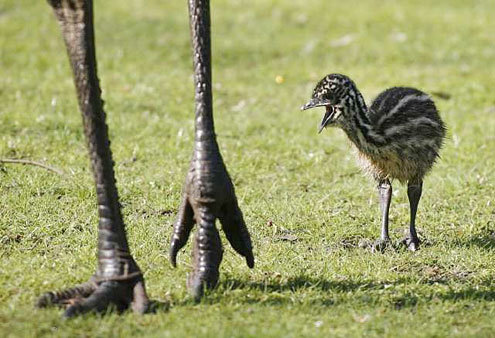
HI DAD
And so mostly when you see a male emu with a gaggle of youngsters at heel, they are all different sizes. Who knows whose they are? Not him! But he’s going to look after them anyway.
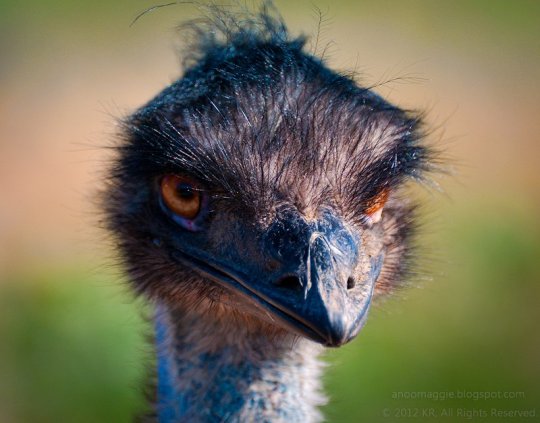
Fear him.
64K notes
·
View notes
Text

Geckoflagellatus aquaticus The flag fishers are descendants of crested geckos. They have evolved to exploit the immensely diverse aquatic habitats, encompassing both freshwater and marine environments. Over time, they developed elongated scale tufts, derived from their ancestors’ crests, which they effectively employ as lures to attract unsuspecting aquatic insectivores. These lures mimic flies, ultimately serving as a means for the flag fishers to secure their next meal. Sexual dimorphism is pronounced within the species, particularly evident in males who exhibit longer necks. Notably, males also possess brightly colored dewlaps, varying in markings, which lend the species its namesake.
In many of the environments inhabited by flag fishers, numerous species of lichen flourish, characterized by vibrant colors and diverse formations. Although fungal growth patterns akin to those on their ancestral planet are observed, such occurrences had not been commonplace for nearly a billion years. Remarkably, the transplanted lichens on this world exhibit a peculiar affinity for fungal trees, influenced by the introduction of a gene drive. This genetic alteration increases the likelihood of fungal trees evolving, representing the only significant deviation from ancestral genomes. The rationale behind such alterations remains enigmatic, possibly attributed to the advanced civilization with intent to propagate life across uninhabited planets affinity for the once common form of “forest” anticipating the emergence of diverse forms of life.
#speculative biology#crested geckos#geckos#shrimp#mushroom#giant mushrooms#speculative evolution#seed world#fishing#art#O.C.#biology
41 notes
·
View notes
Text

I did a thing
A mother Velociraptor and her chicks
225 notes
·
View notes




